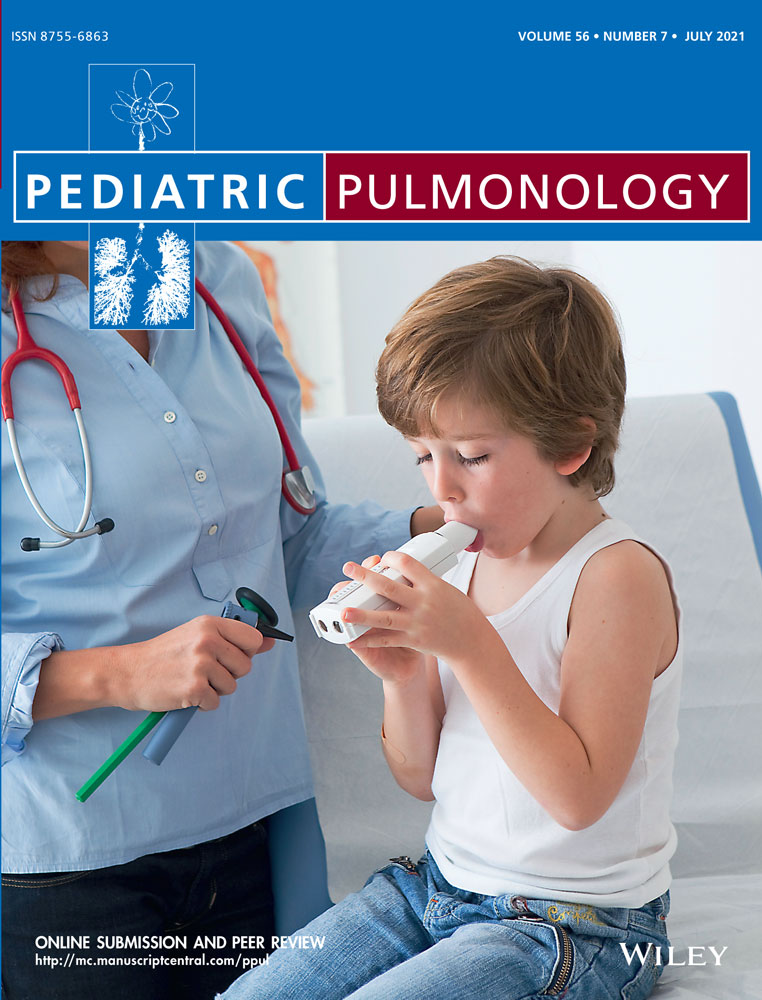Unexpected decline in pediatric asthma morbidity during the coronavirus pandemic
Abstract
The Coronavirus disease 2019 (COVID-19) pandemic profoundly impacted health care utilization. We evaluated asthma-related emergency department (ED) and inpatient health care utilization by a county-specific Medicaid population, ages 2–18, during the COVID-19 pandemic and compared it to utilization from a 3-year average including 2017–2019. All-cause ED utilization and asthma medication fill rates were evaluated during the same timeframes. Relative to the 2017–2019 3-year average, cumulative asthma-related ED visits from January through June decreased by 45.8% (p = .03) and inpatient admission rates decreased by 50.5% (p = .03). The decline in asthma-related ED utilization was greater than the reduction of overall ED use during the same time period, suggesting that the decline involved factors specific to asthma and was not due solely to avoidance of health care facilities. Fill rates for asthma controller medications decreased during this time (p = .03) and quick relief medication fill rates had no significant change (p = .31). Multiple factors may have contributed to the decrease in acute asthma health care visits. Locally, decreased air pollution and viral exposures coincided with the “Stay-at-home” order in Ohio, and increased utilization of telehealth for assessment during exacerbations may have impacted outcomes. Identification of the cause of the decline in visit rates could spur new interventions to limit the need for ED and inpatient visits for asthma patients, leading to both economic and health-associated benefits.
CONFLICT OF INTERESTS
The authors declare that there are no conflict of interests.
Open Research
DATA AVAILABILITY STATEMENT
The data that support the findings of this study are available on request from the corresponding author. The data are not publicly available due to privacy or ethical restrictions.




